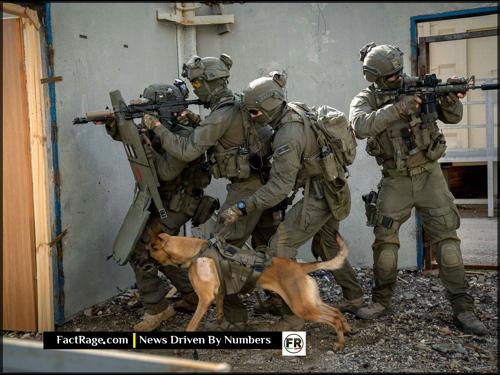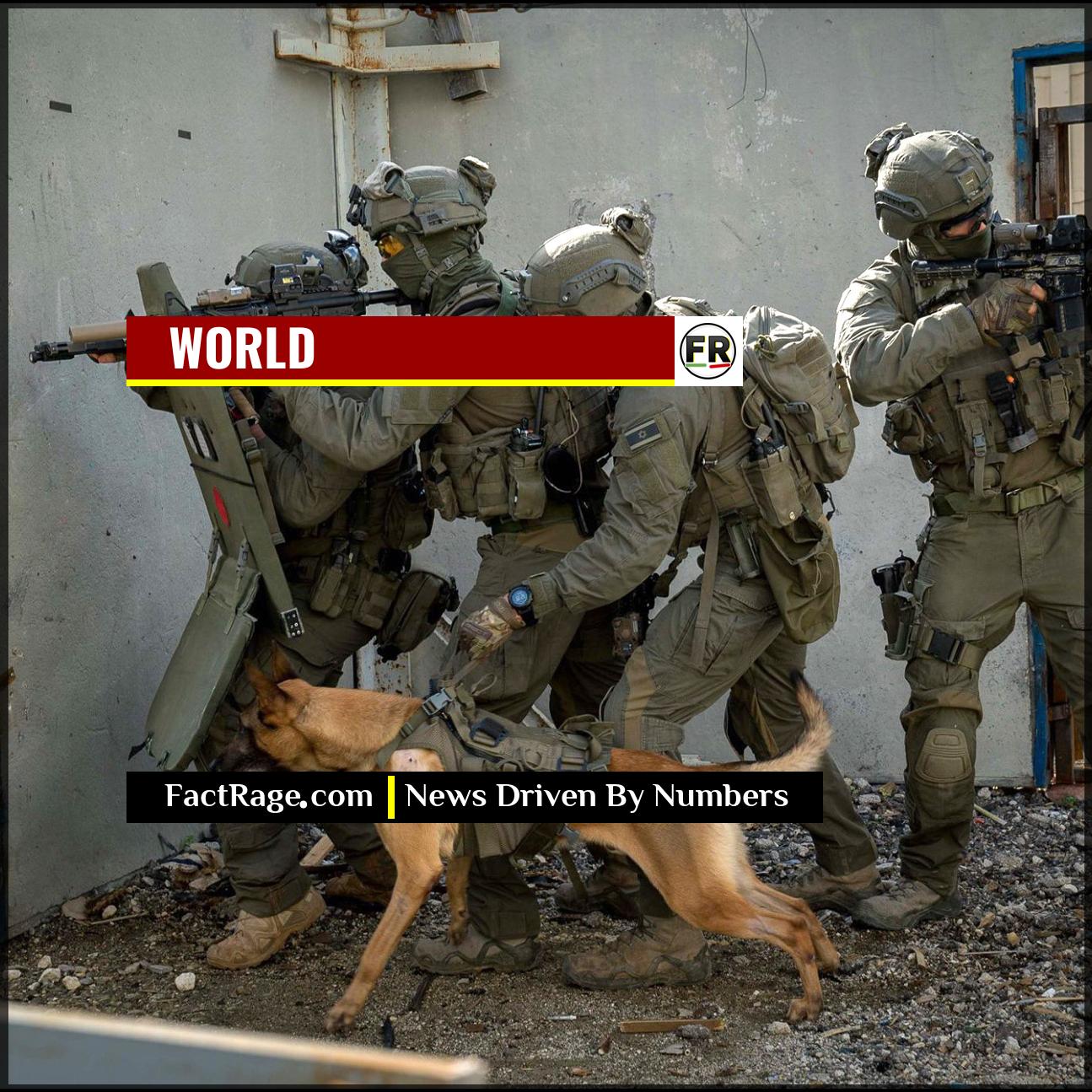GLOBAL – An in-depth investigation reveals that the escalating conflict in the Red Sea is sustained by a complex, global supply chain that leverages both state-sponsored smuggling and commercially available components to arm Houthi forces.
- The Houthi Arsenal – Analysis of seized weapons by U.S. and allied forces shows Houthi arsenals consist of Iranian-designed ballistic missiles, cruise missiles, and one-way attack drones, often assembled in Yemen using smuggled components and globally-sourced dual-use technology.
- Asymmetric Cost Exchange – The U.S.-led coalition faces a significant financial imbalance, using high-cost interceptors, such as the Standard Missile-2 (over $2 million each), to counter Houthi drones that can be produced for as little as $2,000.
- Covert Logistics Network – Weapons and components are funneled to Yemen via established smuggling routes, often using traditional dhows in the Arabian Sea to evade naval patrols and international sanctions aimed at curbing the flow of arms from Iran.
The daily headlines of missile interceptions and drone strikes in the Red Sea tell a story of naval combat. But beneath the surface, a hidden war of logistics is being fought, where the flow of parts, money, and munitions is as critical as any military engagement.
A War Fought in Spreadsheets and Shipping Manifests
![]() The conflict in the Red Sea is a story of logistics before it is a story of combat. The critical battle is waged through international supply networks, sanctions evasion, and a profound economic imbalance. This investigation dissects that system, following the components from global factories to the front lines to expose the machinery of modern asymmetric warfare.
The conflict in the Red Sea is a story of logistics before it is a story of combat. The critical battle is waged through international supply networks, sanctions evasion, and a profound economic imbalance. This investigation dissects that system, following the components from global factories to the front lines to expose the machinery of modern asymmetric warfare.
Read On…
The full report below details the specific components, the covert routes, and the stark cost exchange at the heart of the crisis.
What’s Inside a Houthi Drone? The Iranian Connection and a Global Parts List

Since late 2023, Yemen’s Houthi movement, officially Ansar Allah, has launched hundreds of drones and missiles at commercial shipping and naval vessels in the Red Sea. An analysis of weapons debris and U.S. Central Command (CENTCOM) seizure reports provides a clear picture of their arsenal. The systems, including the Shahed-series of one-way attack drones and various anti-ship missiles, show distinct design lineage to weapons manufactured by Iran.
While Iran’s government officially denies arming the Houthis, a 2023 report from the UN Panel of Experts on Yemen found “a growing body of evidence” that Iranian-origin weapons were being transferred to Yemen, violating a UN arms embargo. The logistical trail is complex. Evidence points to weapons components being shipped from Iran and transferred to smaller vessels, often traditional wooden dhows, in the Arabian Sea for the final leg of the journey to Yemen’s coast.
Further investigation into the components reveals a global parts list. Microcontrollers, servomotors for guidance fins, GPS modules, and small engines are often “dual-use” items, meaning they have legitimate commercial applications and can be sourced from manufacturers across Asia, Europe, and North America. These parts are acquired through front companies and complex procurement networks designed to obscure the final destination and bypass export controls.
The Multi-Million Dollar Defense: Why Countering a $2,000 Drone Costs So Much
The U.S. and its allies, operating under “Operation Prosperity Guardian,” have established a multi-layered air defense system in the Red Sea. This involves advanced naval destroyers equipped with the AEGIS combat system, which uses sophisticated radar to track and destroy incoming threats. The primary tools for interception are missiles like the Standard Missile-2 (SM-2), with a unit cost of approximately $2.1 million, and the Evolved Sea Sparrow Missile, costing around $1.8 million.
This creates a stark economic asymmetry. A Houthi one-way attack drone, often built with inexpensive commercial parts, can cost as little as $2,000 to produce. This means a naval vessel may expend millions of dollars in ordnance to defeat a threat that costs a fraction of that amount to launch. Defense contractors like RTX Corporation (formerly Raytheon) and Lockheed Martin are the primary manufacturers of these advanced interceptor systems. While navies also employ cheaper countermeasures like cannons, the speed and maneuvering of missiles and some drones often necessitate the use of high-cost interceptors for reliable defense.
This cost imbalance presents a strategic challenge. Can a defensive coalition sustain such a high operational tempo and cost indefinitely against a determined, low-cost adversary? This question is central to the long-term strategic planning for military leaders in the U.S. and Europe.
Following the Munitions: How Sanctions and Interdictions Are Challenged
The international community has relied on sanctions and maritime interdictions to stem the flow of weapons to the Houthis. U.S. and allied naval forces have successfully seized numerous weapon shipments. In January 2024, CENTCOM announced that U.S. Navy SEALs had boarded a dhow in the Arabian Sea and seized Iranian-made missile components, including propulsion and guidance systems for medium-range ballistic missiles and anti-ship cruise missiles.
However, the sheer volume of maritime traffic in the region makes a complete blockade nearly impossible. Smugglers exploit the constant flow of legitimate commerce, using transshipment points and deceptive documentation to move illicit cargo. The networks are resilient, quickly adapting their routes and methods in response to increased patrols.
The conflict highlights the modern reality of asymmetric warfare, where non-state actors can access and weaponize globally available technology. The supply chains fueling the Red Sea crisis are not simple, linear paths but sprawling, adaptive networks. Disrupting them requires more than naval power; it demands a coordinated international effort involving financial intelligence, diplomatic pressure, and enhanced monitoring of dual-use component sales. The effectiveness of these combined efforts will ultimately determine the duration and intensity of the conflict in one of the world’s most critical waterways.
An Evolving Logistical Battlefield
![]() The conflict in the Red Sea is ultimately a war of logistics, pitting a diffuse and adaptive smuggling network against a technologically advanced, high-cost international coalition. The balance of this asymmetric engagement is not decided by missile impacts alone, but by the resilience of these competing supply chains. As both sides adapt their methods, the flow of dual-use components, smuggled munitions, and defense appropriations will continue to define the trajectory of this critical global chokepoint. The data trail is ongoing, and only through its continued, dispassionate analysis can the full picture be understood.
The conflict in the Red Sea is ultimately a war of logistics, pitting a diffuse and adaptive smuggling network against a technologically advanced, high-cost international coalition. The balance of this asymmetric engagement is not decided by missile impacts alone, but by the resilience of these competing supply chains. As both sides adapt their methods, the flow of dual-use components, smuggled munitions, and defense appropriations will continue to define the trajectory of this critical global chokepoint. The data trail is ongoing, and only through its continued, dispassionate analysis can the full picture be understood.














